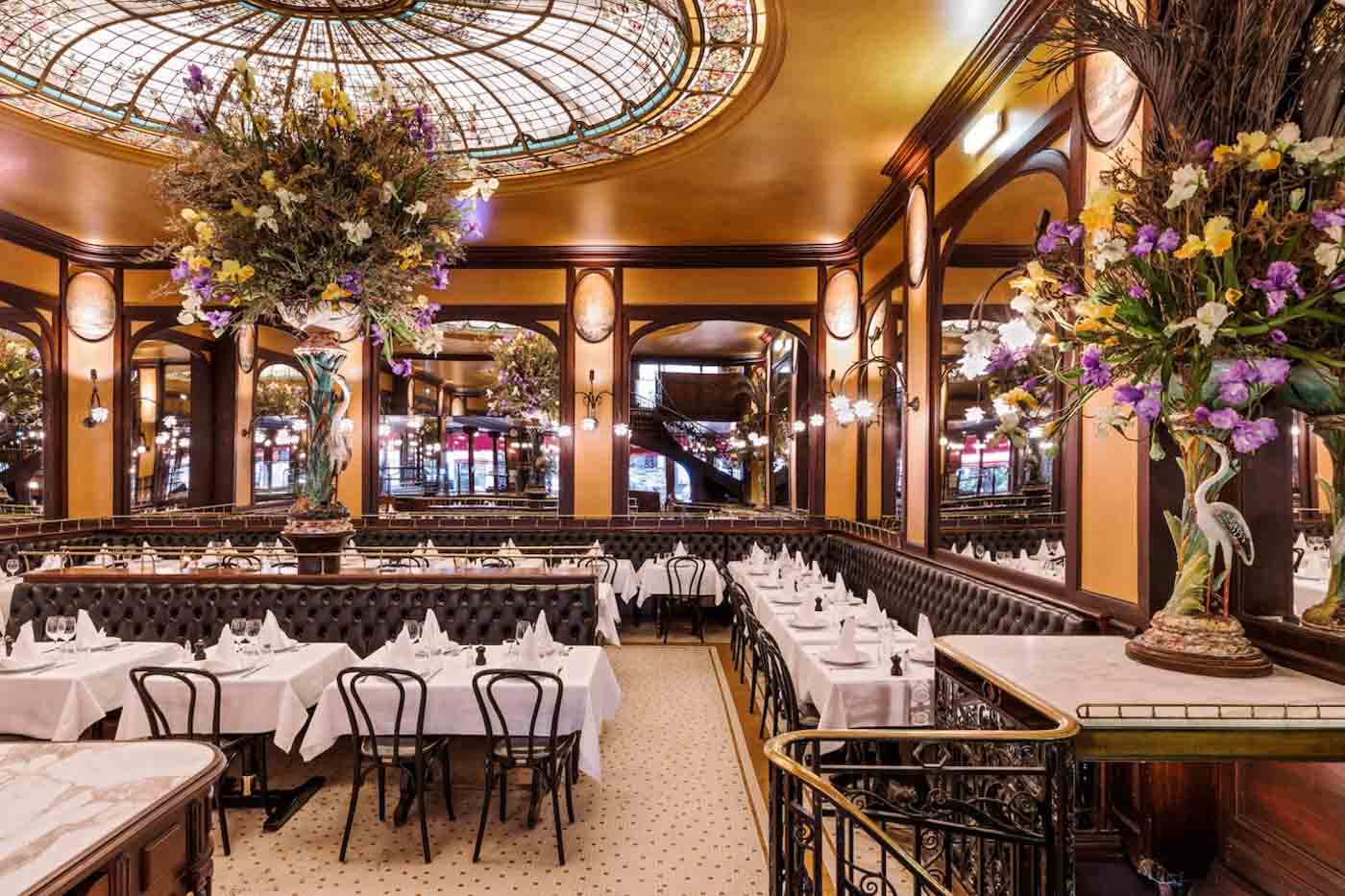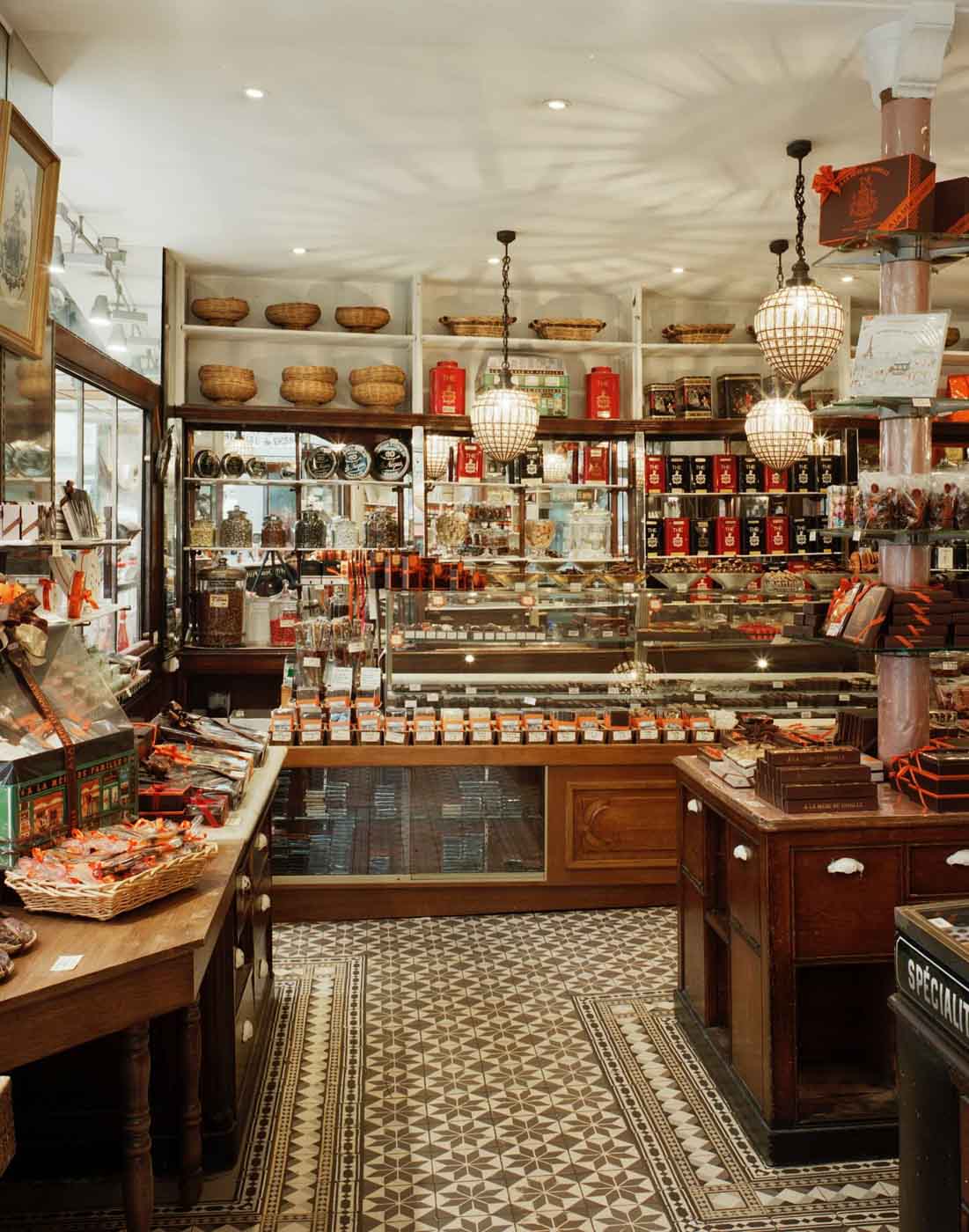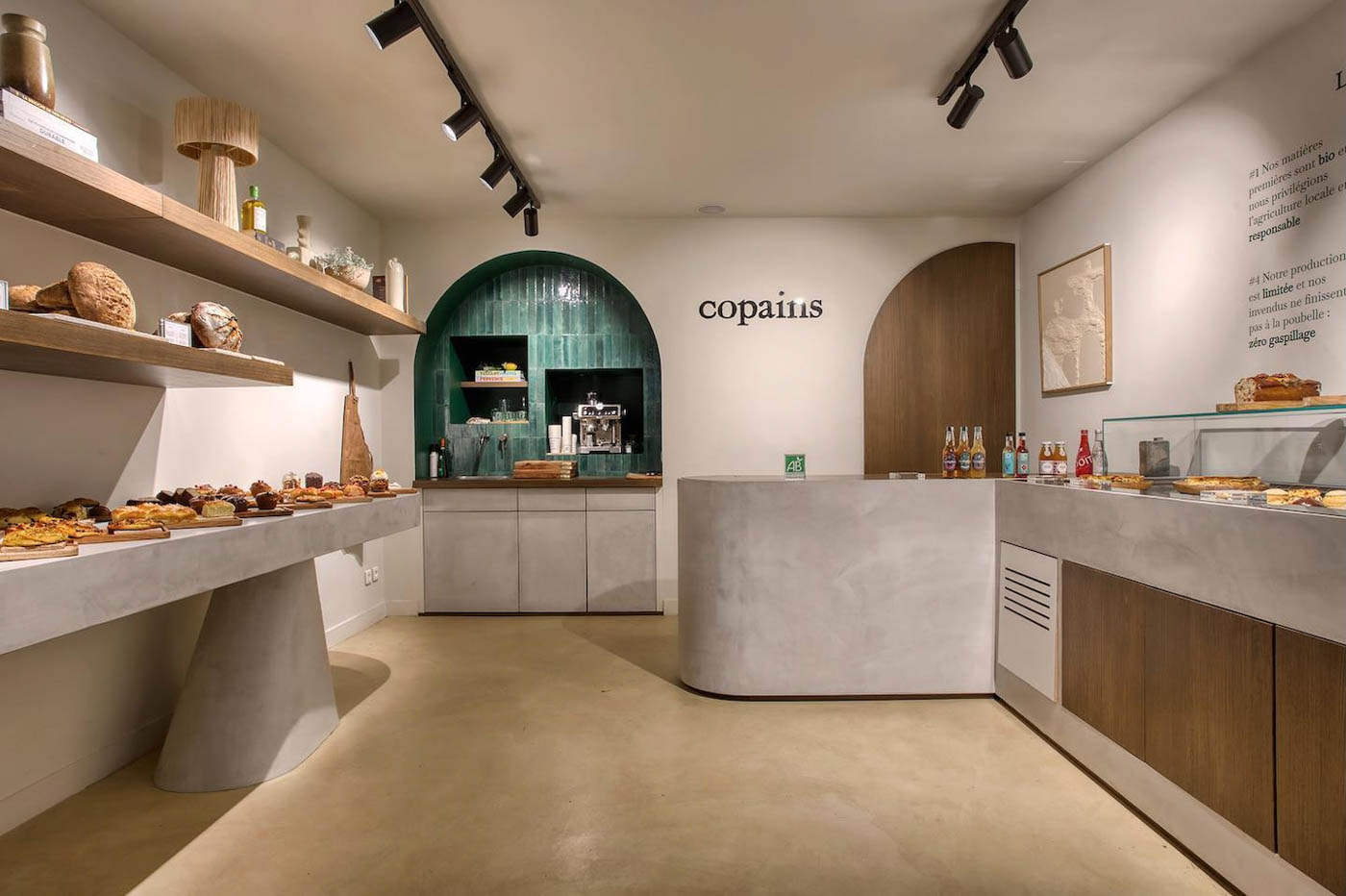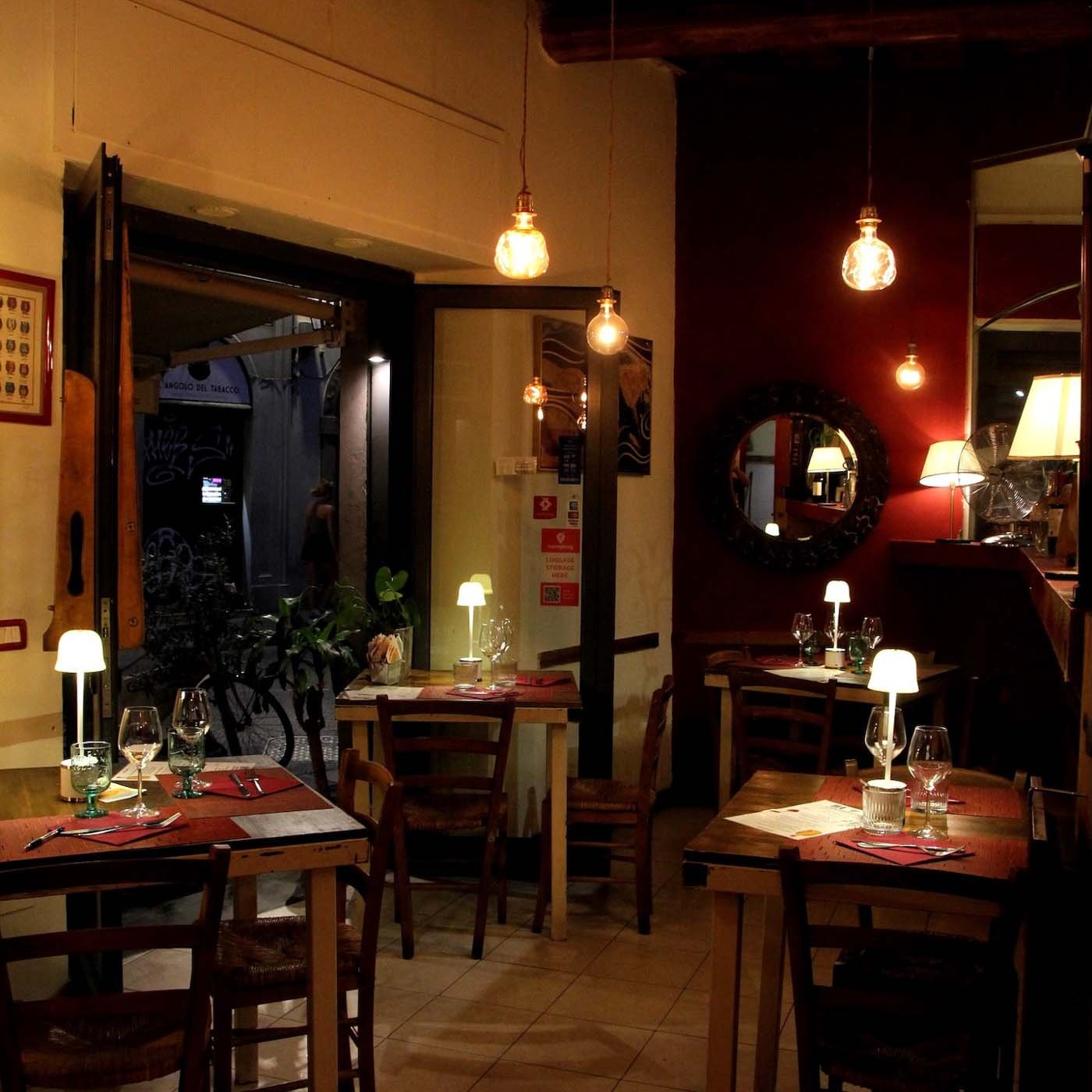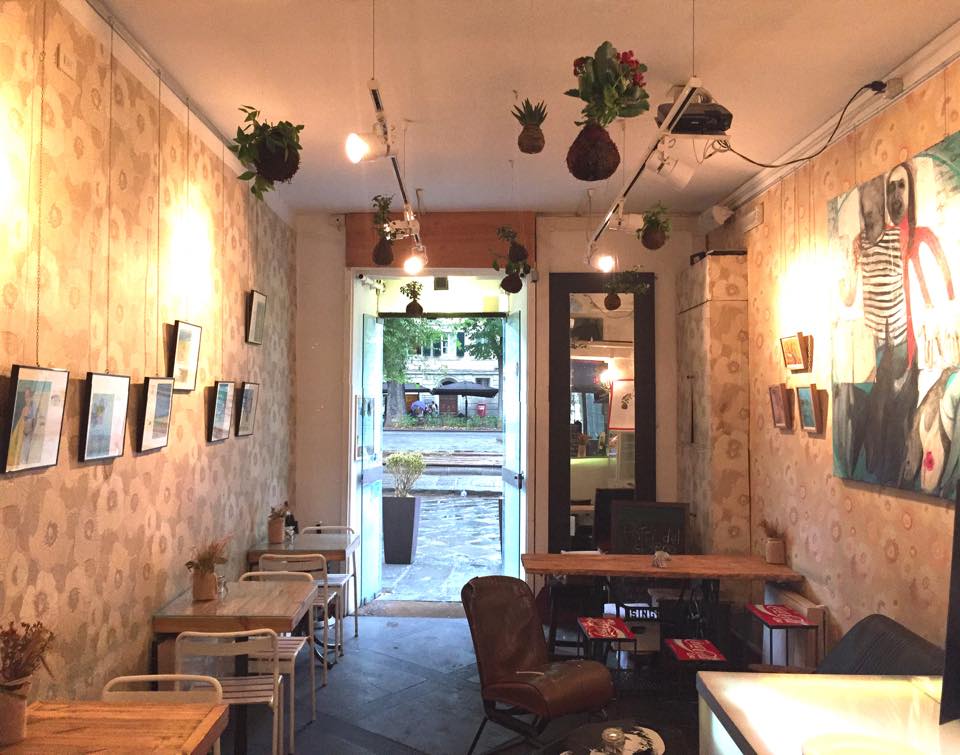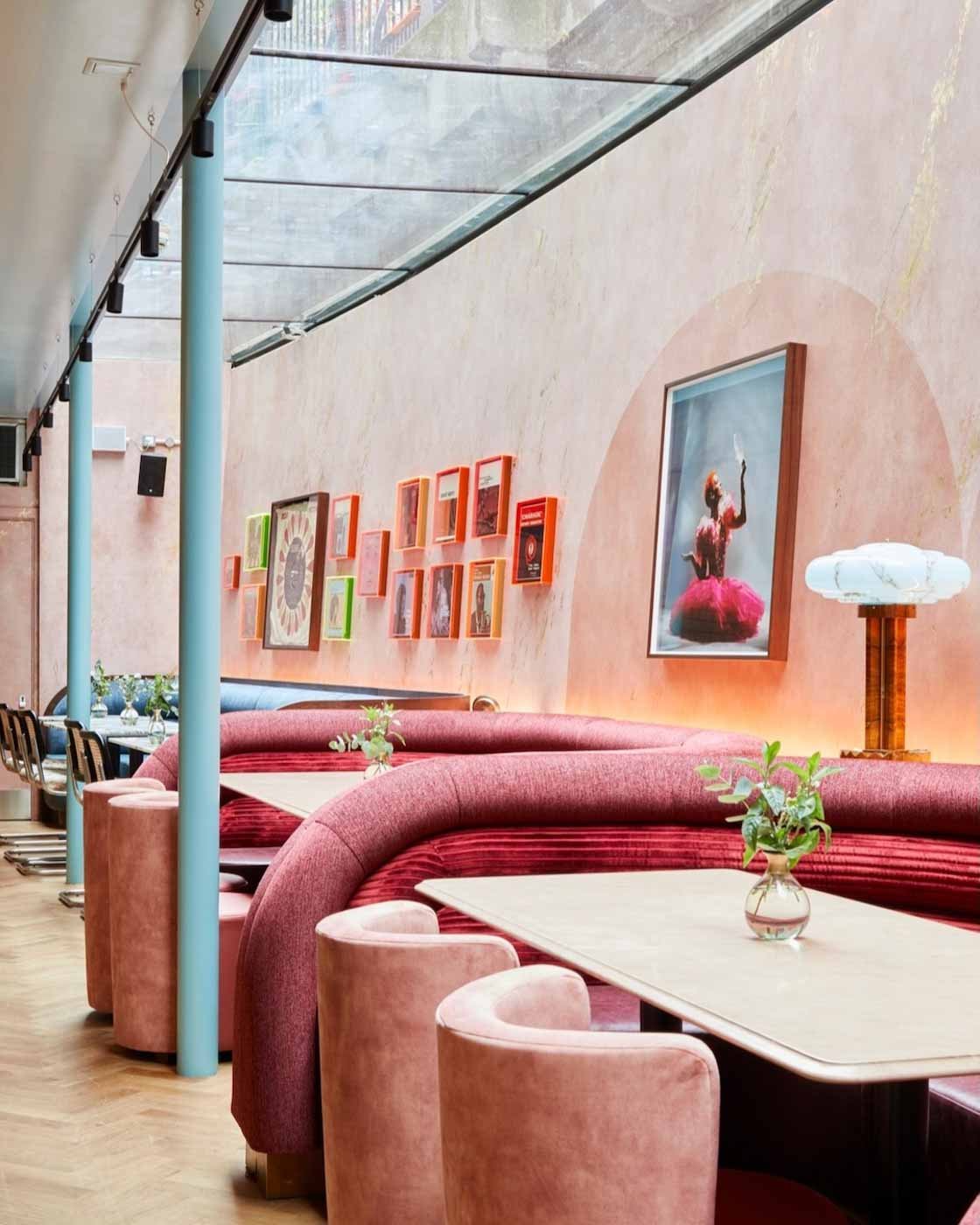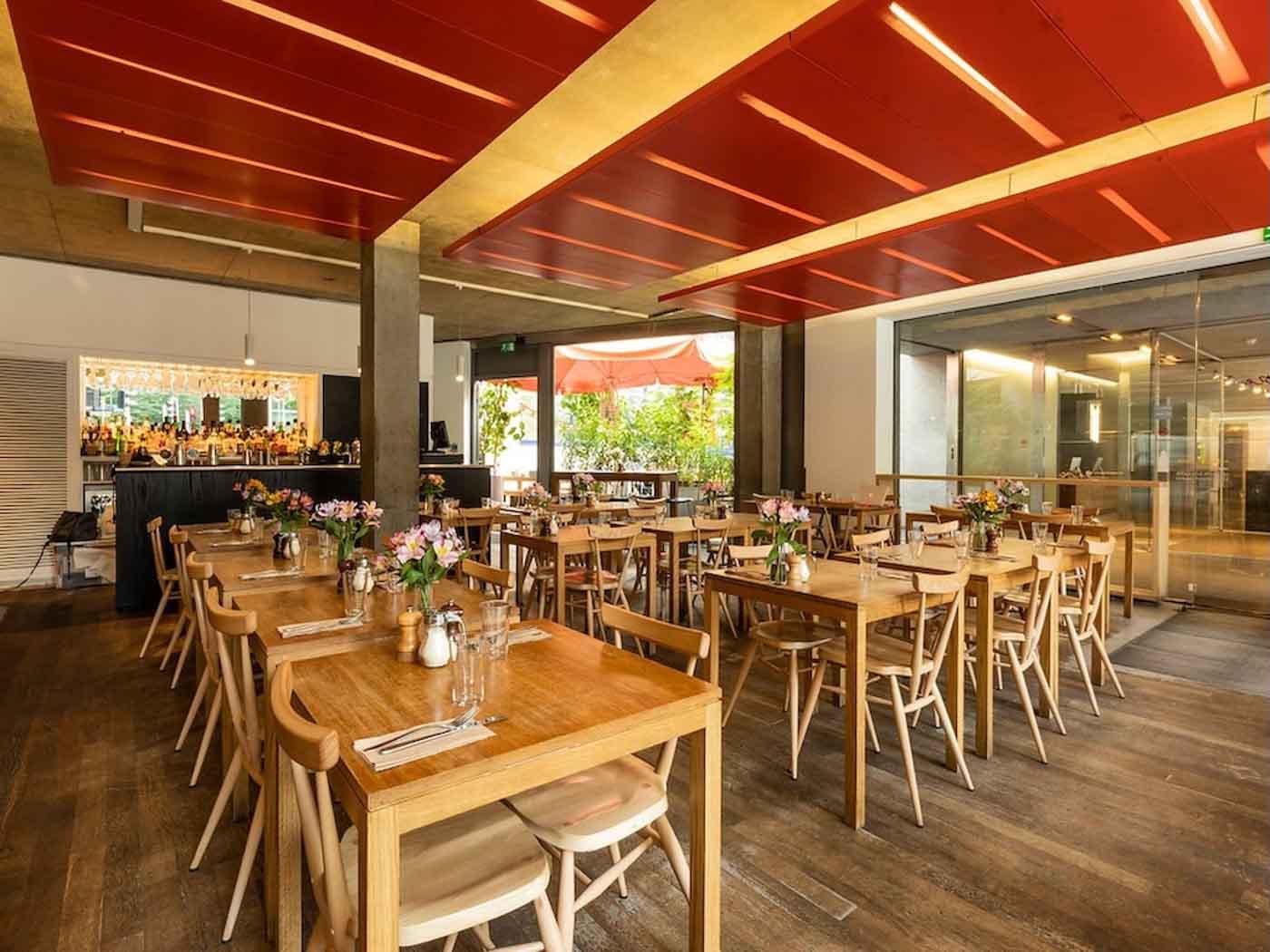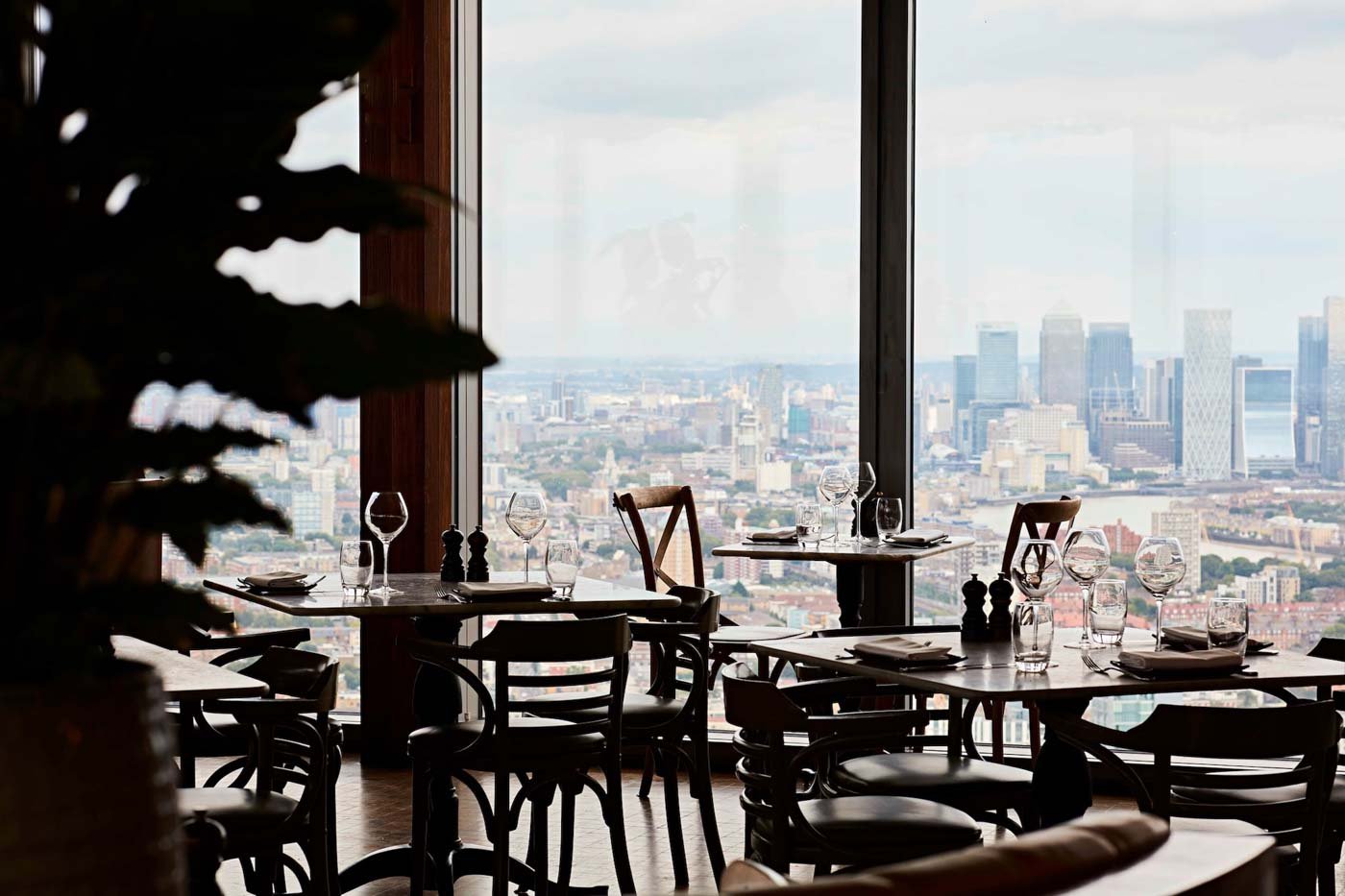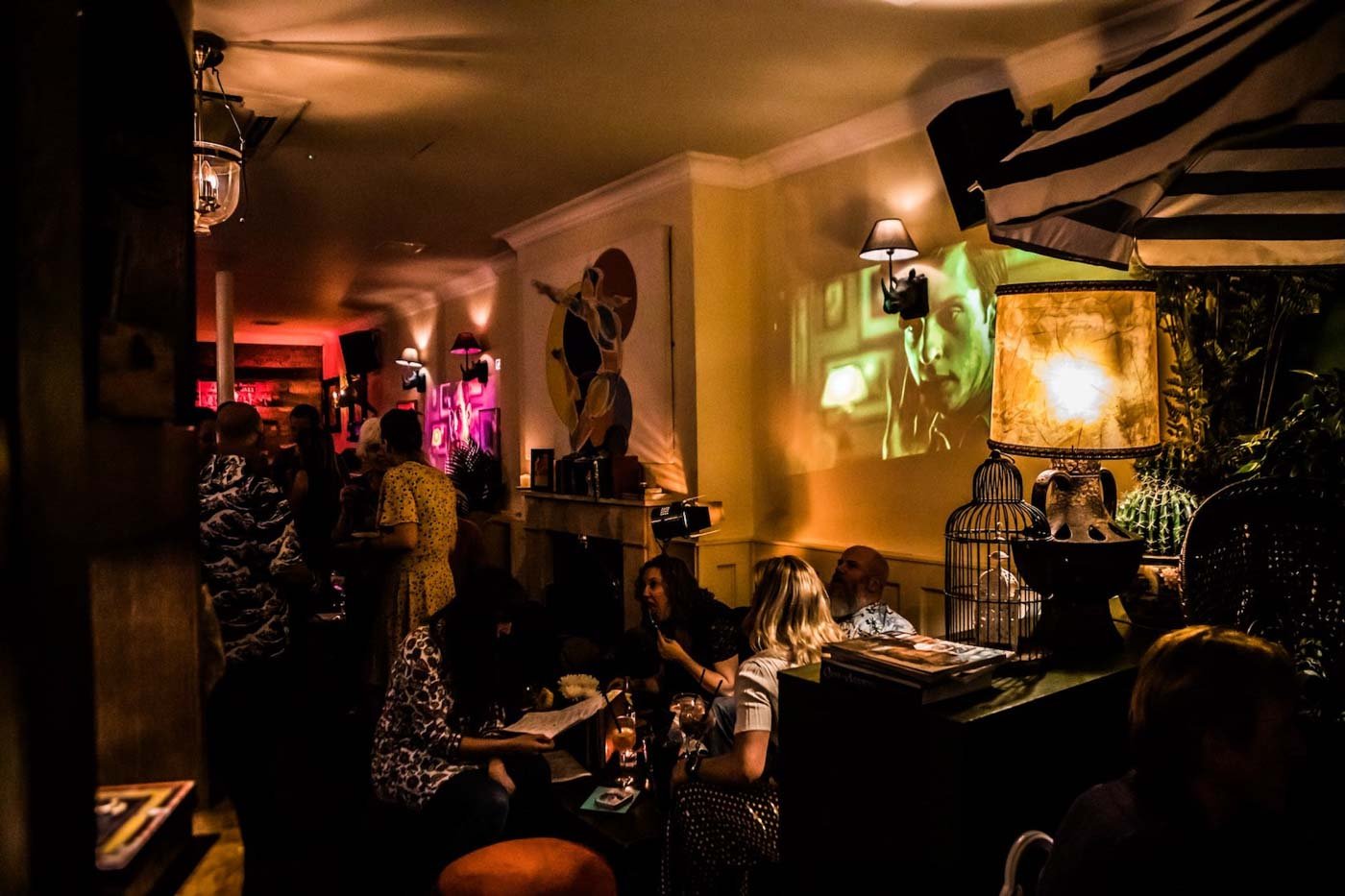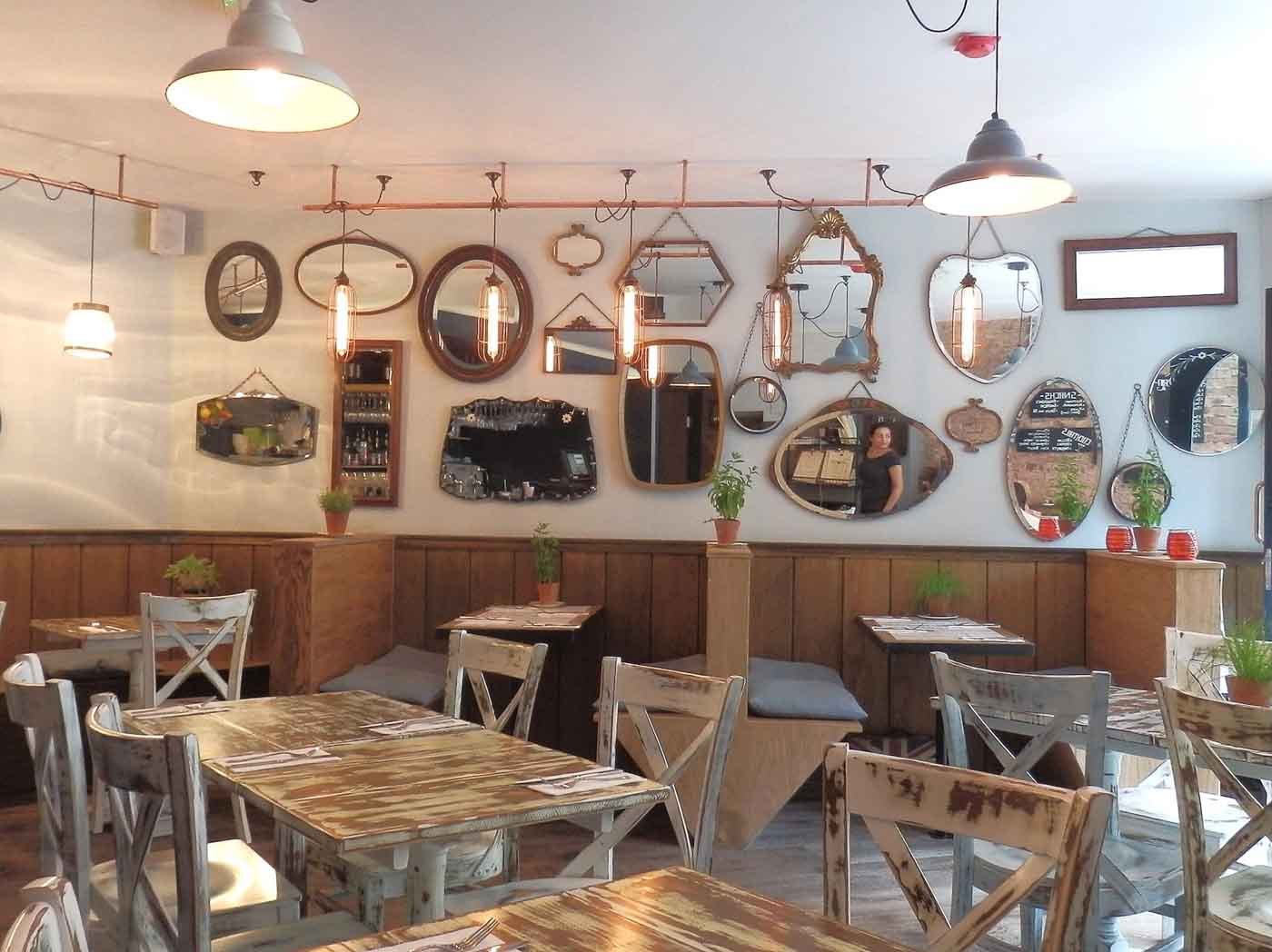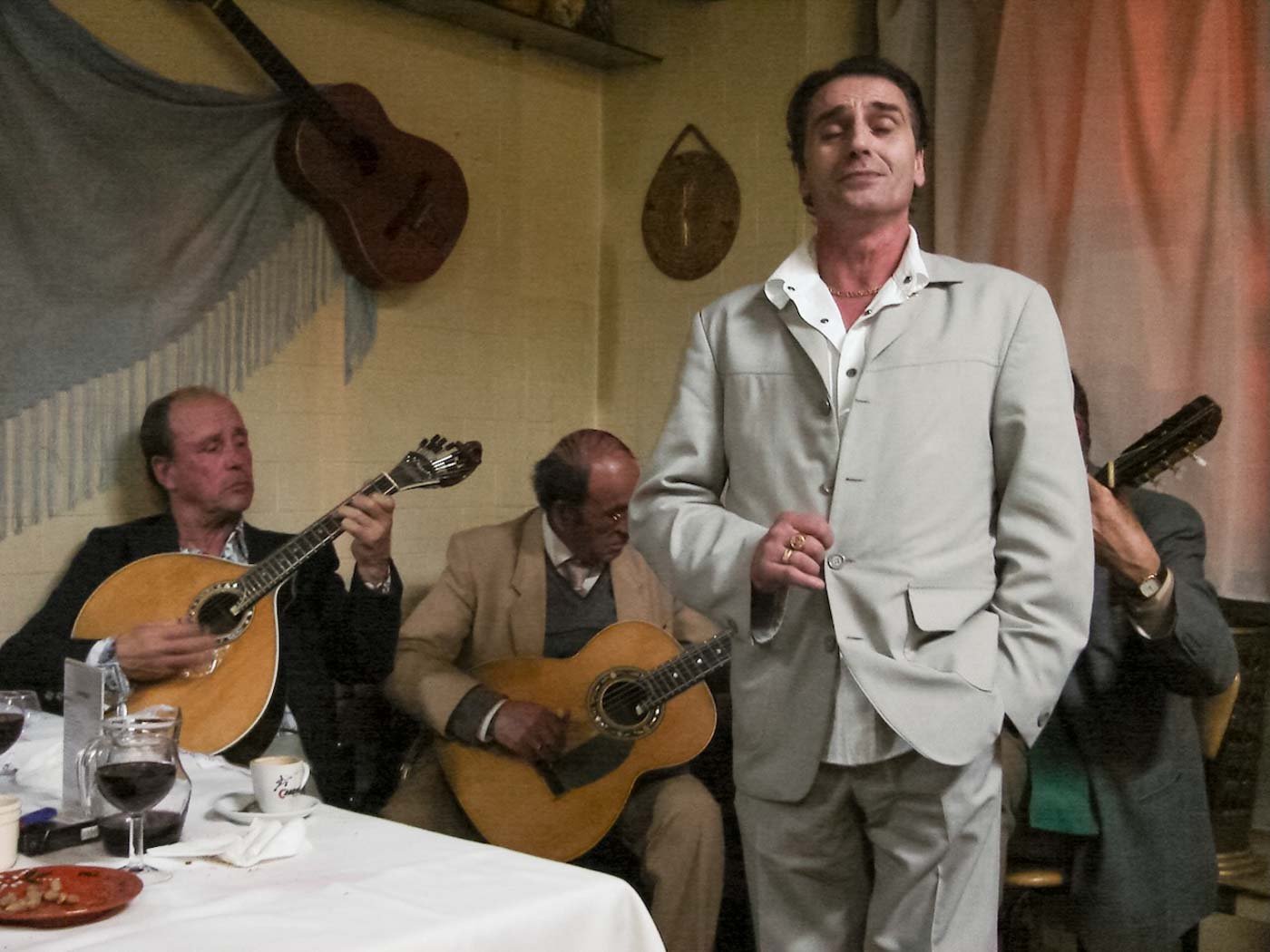
Nestled just beside the legendary literary café Les Deux Magots, Le Comptoir feels like an elegant younger sibling, one that stays true to tradition while embracing a more relaxed, everyday charm. It’s not a reinvention of the classic but rather a continuation with a modern rhythm, tailored for those seeking a casual yet quality-driven moment in Saint-Germain-des-Prés. Whether you’re here for a quick bite, a glass of wine, or a quiet moment alone, it offers a more approachable entry into one of Paris’s most storied cafés.
Location and Ambiance
Address: 2 Rue de Buci, 75006 Paris, France
Situated at the edge of Place Saint-Germain-des-Prés, Comptoir Led Deux Magots is ideal for soaking up Parisian sidewalk life. The terrace fills quickly, it’s perfect for people-watching under the shade of the café’s iconic green awnings. I went solo and sat outside, savoring the early afternoon sun while the buzz of the neighborhood played in the background. The vibe was lively, with a good mix of tourists, couples, and locals.
Menu & Signature Offerings
The menu leans traditional, think charcuterie plates, croque monsieur, pâté en croûte, and classic French and Parisian desserts with a few modern updates. I went for the charcuterie plate, and the portions were more generous than I expected, especially with the accompaniments: cornichons, pearl onions, salad greens, and crusty bread. There’s also a wide pastry and dessert selection, including glossy fruit tarts, macarons, and eclairs that arrive on a tray so you can choose by sight, not just by name. Breakfast options are available too; the croissants looked particularly fresh.
Food Quality and Presentation
The plating was simple but well-considered, just good products allowed to shine. The cheeses on my plate were creamy and bold, while the cured meats had a nice balance of saltiness and texture. I also ordered an éclair for dessert, and while I’m usually more of a fruit-tart person, this one impressed me with its rich filling and delicate choux pastry.
Food & Wine Pairings
Pairing wine with the charcuterie was effortless. I chose a glass of white wine, which was crisp and bright, cutting through the richness of the meats without overpowering the flavors. They also offer aperitifs and a decent coffee selection. If you’re visiting in the morning, a coffee and croissant is a classic combo and judging by the number of people starting their day there, a popular one too.
Service & Customer Experience
Service was efficient and polite, not overly warm but certainly professional. The staff moved briskly between tables, yet I didn’t feel rushed at all. I didn’t need a reservation, though it’s worth noting that the terrace fills up quickly in nice weather. Inside seating is also available, and while I didn’t sit indoors this time, it looked just as welcoming.
Is It Worth the Price?
Prices are what you’d expect for such a central location. A glass of wine and charcuterie plate won’t be cheap, but the experience (the ambiance, the history, the quality) makes it worthwhile. It doesn’t feel like a tourist trap, which can’t be said for all nearby cafés. You’re paying for more than just food, you’re buying a little piece of Parisian café culture.
Where Is It Located and How Easy Is It to Visit?
Located right at Place Saint-Germain-des-Prés in the 6th arrondissement, it’s a short walk from the Saint-Germain-des-Prés metro stop. The area is very pedestrian-friendly, with bookstores, boutiques, and other cafés nearby. It’s a great stop whether you’re exploring the neighborhood or planning a literary walk.
Final Thoughts: Who Would Love This Spot?
Whether you’re a solo traveler craving a quiet corner, a literary romantic drawn to the echoes of Sartre and Beauvoir, or just someone looking for a solid midday meal on your Paris food tour, Comptoir Les Deux Magots delivers. It doesn’t try too hard, which might be what makes it so special. I left feeling satisfied and a little more connected to the rhythm of the city and yes, I’d absolutely go back.
FAQs
Do they take reservations or walk-ins only?
Walk-ins are the norm, especially for the outdoor terrace.
Is it kid-friendly or best for adults?
More adult-leaning in tone, but kids are welcome.
Do they offer takeaway or outdoor seating?
Yes to both, and outdoor seating is the prime spot.
Sources:
Comptoirs Les Deux Magots. (n.d.). Home. Retrieved October 21, 2025, from https://comptoirs-lesdeuxmagots.fr/pages/home
Les Deux Magots. (n.d.). Les Deux Magots Paris. Retrieved October 21, 2025, from https://lesdeuxmagots.fr/en/
Eating Europe. (n.d.). Paris food tours. Eating Europe. Retrieved October 21, 2025, from https://www.eatingeurope.com/paris/
Eating Europe. (n.d.). Best cafes in Paris. Eating Europe Blog. Retrieved October 21, 2025, from https://www.eatingeurope.com/blog/best-cafes-in-paris/
Eating Europe. (n.d.). Paris desserts: The sweetest treats in the city. Eating Europe Blog. Retrieved October 21, 2025, from https://www.eatingeurope.com/blog/paris-desserts/

